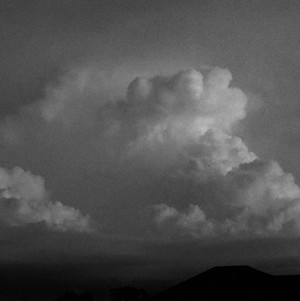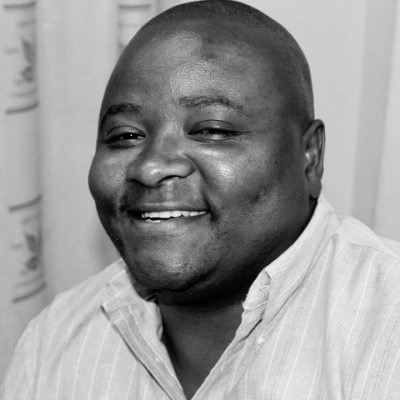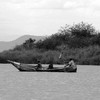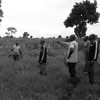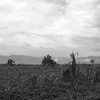Same lake, different catch
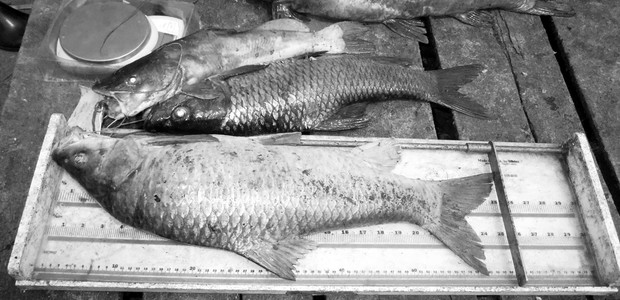
“The quality of fish from Lake Edward’s Ugandan side is highly appreciated in the Congolese market,” said Pascal Makengere, a resident of Vitshumbi in DRC. “This opens enormous opportunities for fishermen from neighbouring villages. God has blessed the waters of Uganda,” he remarked.
Harvesting fish from the DR Congo side is different from harvesting on the Ugandan side, confirms Jean de la Croix Kambere, Programme Assistant in charge of Lake Edward at the Congolese Institute for the Conservation of Nature. Riparian communities depend directly on Lakes Edward and Albert for their livelihood.
Small-scale agriculture is one of the main economic activities in this area, but fishing remains the first and main activity of these communities.
It is estimated that around 73 per cent of the basin’s population depends on fishing for its livelihood. More than 50 per cent of those associated with fishery are women who are primarily engaged in processing and selling fish.
Like Makengere, many Congolese fishermen believe that the difference between harvesting on both sides is due to the fact that Ugandan waters are richer. This is true, but the causes of this apparent wealth are more of a human affair than a divine one.
Kambere explains that “Congolese fishermen use non-compliant nets, which are under 4.5 inches and often use nets that measure between 3.8 and 4.2 inches.”
On the Ugandan side of the lake, fishermen respect the rules. They use nets that don’t catch small fish, so they have time to grow and breed, leading to more and bigger fish in the long run.
Kambere and many of his colleagues say it is important to harmonise the regulation of fishing practices between the two Nile Basin countries.
Overfishing
Fish stock assessment studies have indicated that fishery on the Congolese side has a production potential of 14,000 to 16,000 tonnes per year. However, years of violence in the region have caused the fisheries regulatory mechanisms to collapse.
The lack of regulation, population growth, and poverty have added to overfishing. The lack of alternative livelihoods means that thousands of unemployed people in riverside communities turn to fishing.
God has blessed the waters of Uganda.”
On the Ugandan side of the lake, a similar trend has evolved. One could observe a significant increase in the number of fishermen and fishing boats in recent years. Between 2011 and 2013, the number of fishing vessels working on the lake increased from 330 to 729, according to a 2015 report.
Fishermen are responding and adapting to the current situation of low fish stocks by adopting new fishing methods to increase catches.
The most common fishing method is “salsio or luzira”, where fishermen stay on the lake for up to two weeks and fish day and night using illegal fishing gear. This method increases overfishing and therefore the quality and quantity of caught fish continue to decrease.
Solution: Work in harmony
The main causes of the depletion of fish stocks on the DR Congo side, but also more and more on the Ugandan side, are the degradation of the environment, the weak application of regulations, and the lack of harmonisation of fishery laws.
All these aspects make the management of fishery resources in the basin complex. Yet there are opportunities that can support the sustainable development of fisheries and aquaculture and improve the livelihoods of local communities.
It is crucial, experts say, that each country applies strict regulations that allow the conservation of fish stocks and put an end to destructive fishing practices.
For example, that fishing nets must correspond to criteria that do not allow the fishing of small fish. Another example would be to limit the number of fishing boats and fishermen per day. This would mean less work and would require decision makers to provide alternative income-generating activities.
Harmonising laws between neighbouring countries also remains a challenge, as there is no visible indication of the international border between Uganda and the DRC in the lake waters. It is a major source of conflict with law enforcement officials on both sides of the border.
Fishermen unknowingly on the “wrong” side of the border, are usually arrested and their fishing gear confiscated. Fishing methods are also a source of conflict between fishermen targeting different species of fish.
The absence of synchronised closure periods means that Congolese fishermen go to Uganda’s waters, causing conflicts in the fishing areas.
